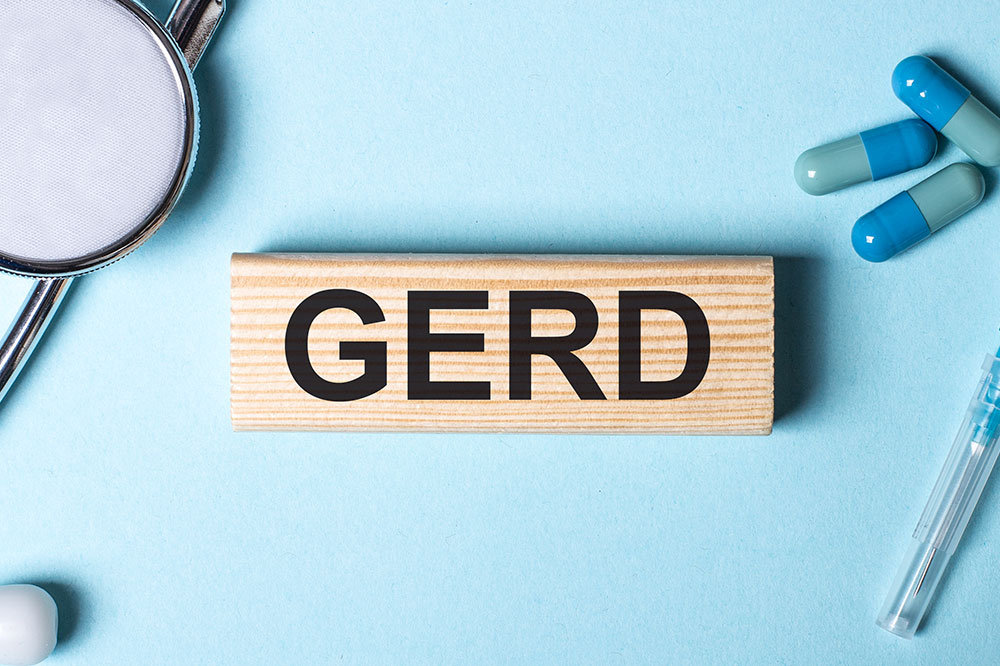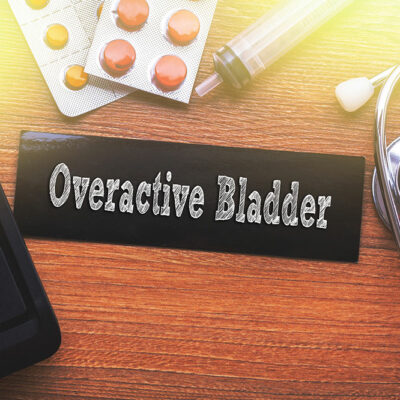
4 Stages of GERD and Treatment Options
Gastroesophageal reflux disease, or GERD, is a health condition where the acid from the stomach frequently flows back into the esophagus – the tube that connects the mouth to the stomach. It leads to symptoms like heartburn, chest pain, etc. While not a severe illness, the symptoms need to be monitored to ensure they aren’t worsening. Below, we’ve listed the four stages of GERD and suitable treatment options for each stage.
1. Stage I – Mild
GERD begins as mild heartburn or regurgitation and slight inflammation in the lower esophagus. The common symptoms in stage I include regurgitation of food (could even be liquid), minor chest pain, heartburn, and feeling a lump at the back of the throat. The occurrence is less frequent – once or twice a month.
Treatment : The best way to treat GERD is to make a few lifestyle adjustments right at the onset. Spicy foods and beverages like coffee and alcohol can trigger the condition and hence should be avoided. One should also avoid eating anything three hours before bedtime. OTC antacids are also an easy solution. Another hack is to elevate the bed’s head to about six inches so that the food doesn’t travel back into the pipe.
2. Stage II – Moderate
In stage II, symptoms occur more frequently – several times a week. This, in turn, causes the inflammation in the food pipe to become more severe, leading to further complications. But although the frequency increases, the symptoms are similar to stage I, such as chest pain, heartburn, regurgitation, etc.
Treatment : While the symptoms remain the same, the treatment options are different from stage I. For moderate cases, doctors usually prescribe antisecretory therapy. In this therapy, patients are given proton pump inhibitors (PPIs) – medicines that help suppress the amount of acid produced by the stomach glands.
3. Stage III – Severe
Also called severe GERD, patients can develop complications in this stage. According to research studies, about 15 percent of patients experience stage III complications. The symptoms to look out for include chronic cough, regurgitation of food (even liquid), heartburn, sore throat, hoarse voice, etc.
Treatment : The patient’s quality of life decreases in stage III, and visiting a GERD specialist is recommended. The doctor may suggest endoscopy or esophageal manometry – procedures that help determine if the esophagus is working fine. Medicine is prescribed accordingly.
4. Stage IV – Complications
This is the final stage of GERD, where patients can develop severe complications related to the esophagus, such as esophageal cancer or precancerous lesions. Besides those stated before, one of the main symptoms is dysphagia, where food gets stuck in the esophagus when eating.
Treatment : Antacids and OTC medications don’t have many benefits in treating stage IV GERD. In most cases, surgery is required to restore the functioning of the esophagus or treat esophageal cancer, depending on the diagnosis.


